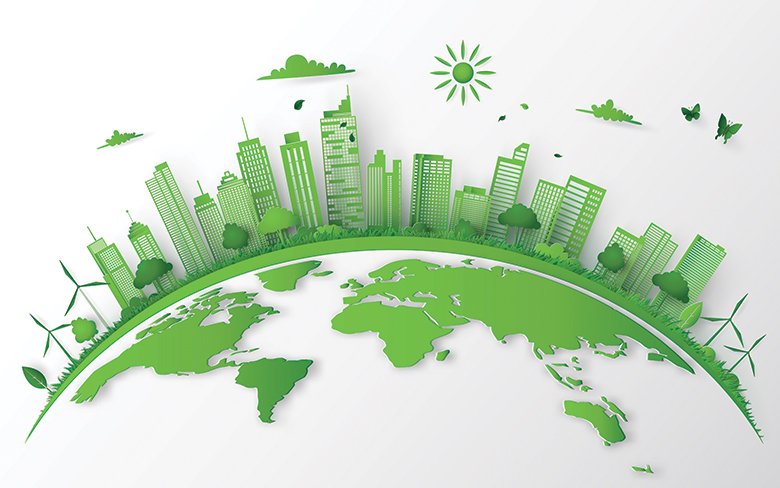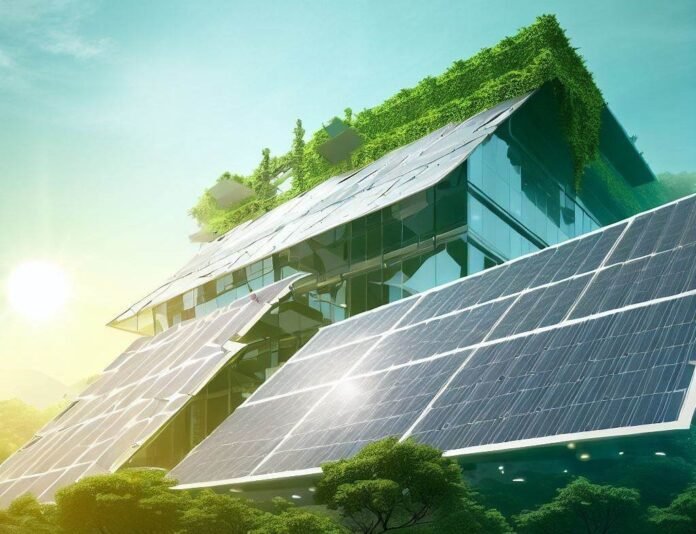As the world becomes increasingly aware of the environmental impacts of construction, there is a growing demand for green solutions that promote energy efficiency and sustainability. In this article, we will explore various strategies and techniques for designing and constructing eco-friendly buildings that minimize energy consumption and environmental footprint.
The Importance of Green Building

Green building practices prioritize the use of renewable resources, reduce waste, and create healthier living environments. By integrating sustainable design principles into construction projects, we can mitigate climate change, conserve natural resources, and improve the quality of life for occupants.
Key Elements of Green Building
Green building encompasses several key elements, including:
- Energy Efficiency: Implementing energy-efficient design strategies and technologies to minimize energy consumption and reduce carbon emissions.
- Renewable Energy: Incorporating renewable energy sources such as solar, wind, and geothermal power to generate clean energy on-site.
- Resource Conservation: Using sustainable materials, reducing water usage, and minimizing waste generation throughout the construction process.
- Indoor Environmental Quality: Enhancing indoor air quality, natural lighting, and thermal comfort to create healthier and more comfortable indoor environments.
- Sustainable Site Development: Preserving natural habitats, minimizing site disturbance, and promoting biodiversity in construction projects.
Strategies for Energy-Efficient Designs
Passive Design Techniques
Passive design principles utilize natural elements such as sunlight, airflow, and thermal mass to regulate indoor temperatures and reduce the need for mechanical heating and cooling systems. Examples include designing buildings with optimal orientation for solar gain, maximizing natural ventilation, and incorporating high-performance insulation.
Energy-Efficient Systems
Integrating energy-efficient systems and technologies can significantly reduce a building’s energy consumption. This includes installing energy-efficient lighting fixtures, HVAC (heating, ventilation, and air conditioning) systems, and appliances that meet ENERGY STAR® standards.
Renewable Energy Integration
Utilizing renewable energy sources such as solar panels, wind turbines, and geothermal heat pumps can further enhance a building’s energy efficiency and sustainability. By generating clean energy on-site, buildings can reduce their reliance on fossil fuels and lower their carbon footprint.
Benefits of Green Building
Green building offers numerous benefits, including:
- Cost Savings: Energy-efficient designs and renewable energy systems can lead to lower utility bills and operational costs over time.
- Environmental Protection: Green buildings reduce greenhouse gas emissions, conserve natural resources, and minimize environmental impact.
- Health and Well-being: Improved indoor air quality, natural lighting, and thermal comfort contribute to healthier and more comfortable living spaces for occupants.
- Marketability: Green buildings often command higher resale values and attract environmentally conscious tenants and buyers.
Conclusion
By embracing green building practices and incorporating energy-efficient and eco-friendly designs, we can create buildings that are not only environmentally responsible but also economically viable and socially beneficial. From passive design techniques to renewable energy integration and sustainable materials selection, every aspect of the construction process plays a crucial role in building a more sustainable future for generations to come.














